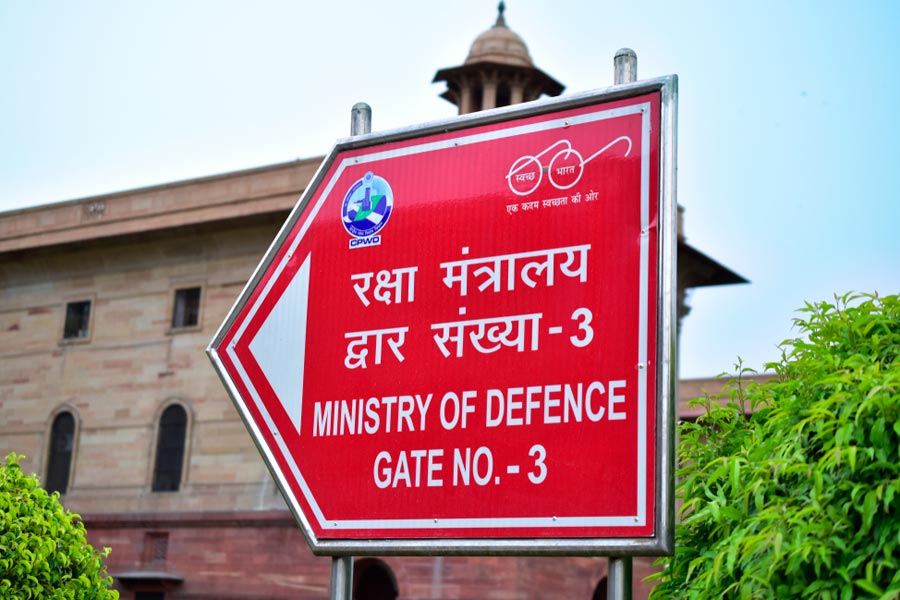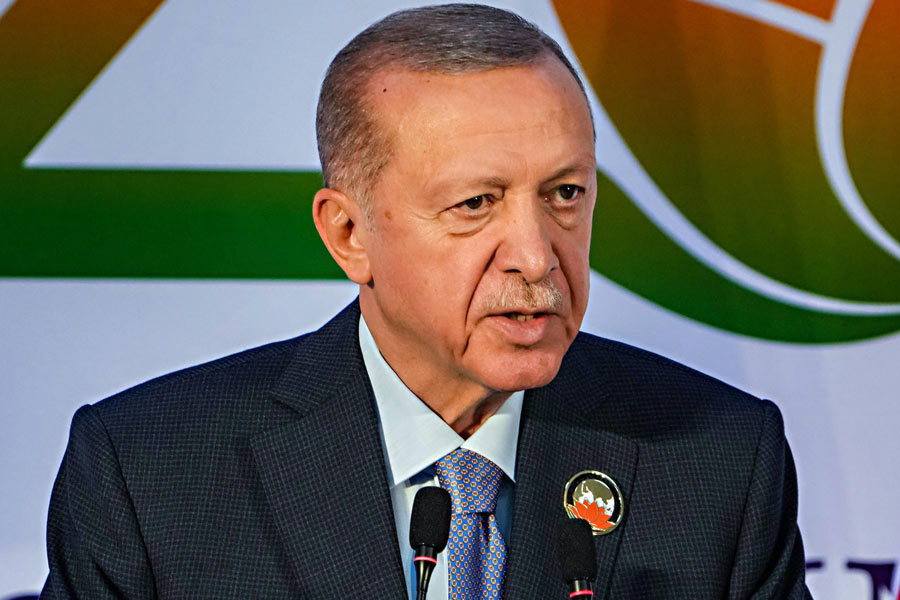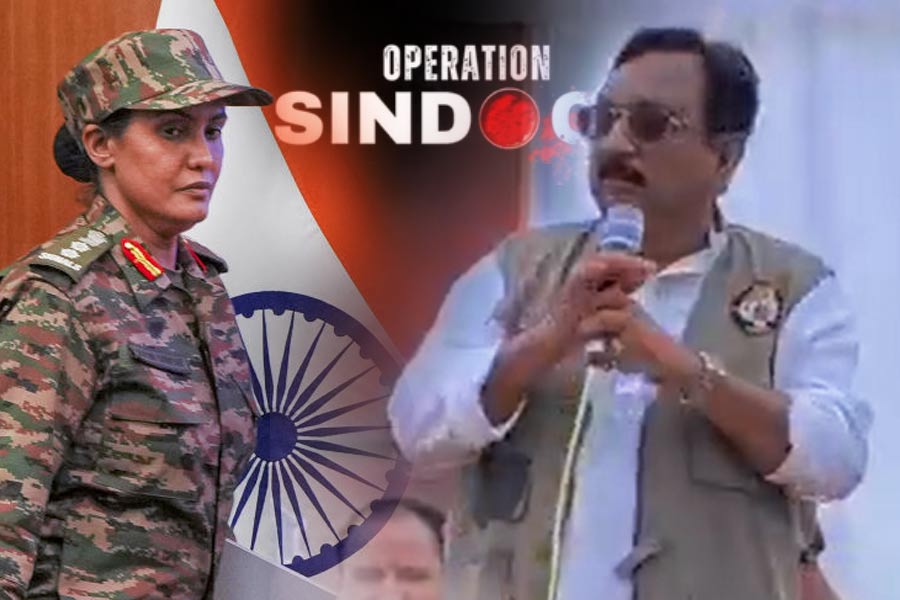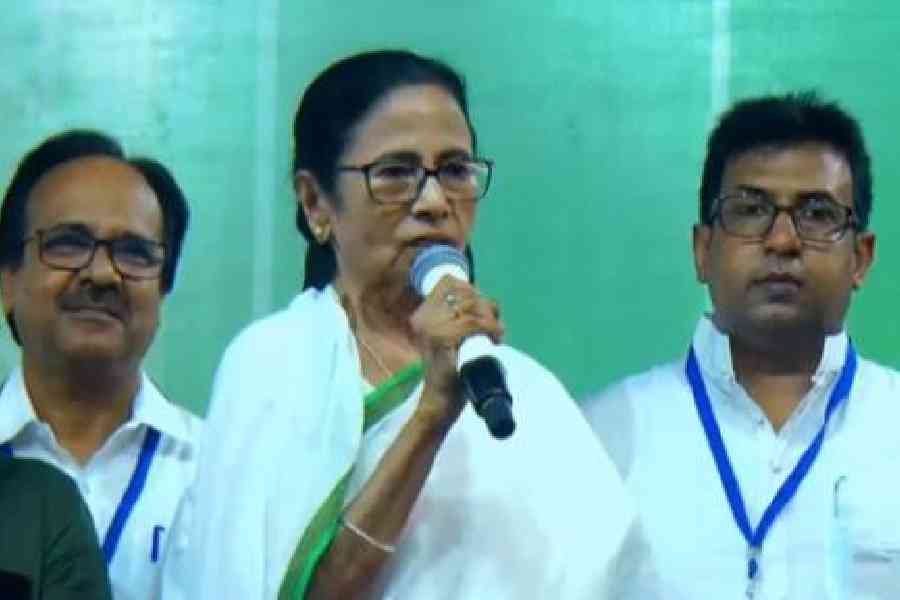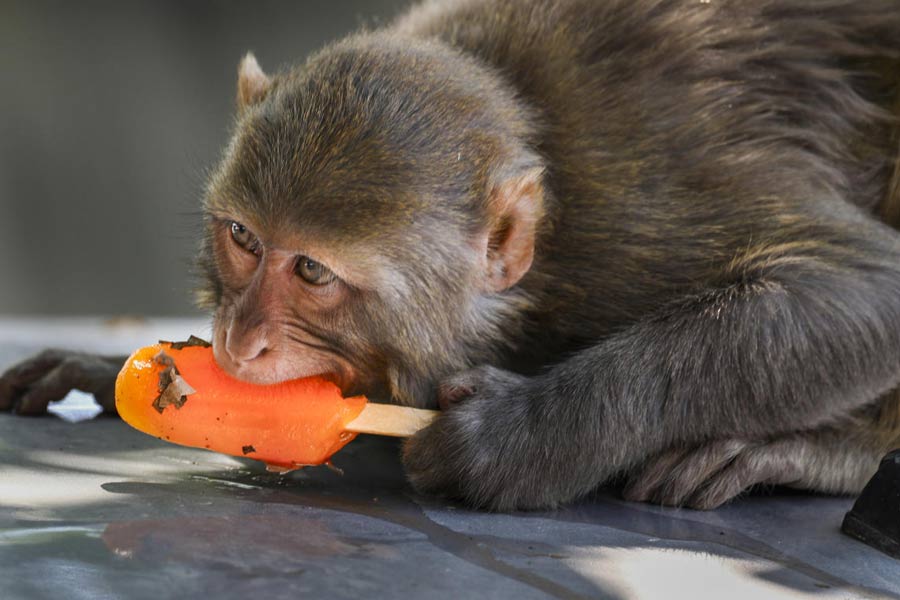
It's a place no one wants to go.
Meera, a trendy young thing just six-months old as a reporter at a Delhi newspaper, is given an assignment that she doesn't want. It isn't cool enough. She is to go to a Haryana village to report on the worship of Kali there, to see why the puja is so popular. But Meera does end up there and stumbles upon a huge secret. Which is not really a secret as it is just protected by the entire community. And silence.
Kajarya, the wild-eyed, drugged, foulmouthed and demon-like creature who would have otherwise passed off as the village madwoman, is the divine medium. Every now and then, she is possessed by the goddess Kali. Or so she says. And the village believes her. Like the goddess, Kajarya too needs blood. She kills little babies. They all happen to be girls.
Meera just stumbles upon this. It is a dream story for a reporter. She has to get it. For she may be cool and unconnected, but also fiercely ambitious. Meera gets the story, at great cost to many, including herself.
Madhureeta Anand's film Kajarya, which released last Friday, is about the killing of girls, that terrible truth about our society whose magnitude is only matched by the silence about it. For girls are killed everywhere, born or unborn, at every strata of society. In the film, a sophisticated Delhi woman who recoils in horror as Meera breaks the story, asks with great concern why newborn babies have to killed when a foetus can be so easily aborted after a USG.
Kajarya was shown at the Calcutta Press Club on Thursday as part of ActionAid India's campaign Beti Zindabad that draws attention that highlights India's declining sex ration - yes, at 940:1,000 in the age-group 0-6, it is at its worst since Independence, developing India or not. The news conference was attended by Anand and actress Meenu Hooda, who puts in a powerful performance as Kajarya.
But it will be unfair to talk about the film only as an attempt to highlight an issue.
It is the human story of a woman who feels forced to kill by her own community. This story is told with love and compassion. And this story works on many levels, forcing together city and village, coercing images out of darkness and silence, of things one doesn't want to face.
If Meera didn't want to be in this village, she finally ends up in a place even unlikelier: inside Kajarya's mind.
Kajarya tells Meera her story, of how she began to kill, with Meera promising Kajarya that the latter's name will be withheld. Kajarya kills because she is asked by the society to do away with baby girls. If she didn't someone else would have. She provides the village the comfort of wrapping the event with religion.
Meera listens with sympathy. She seems to even understand what led her to this.
But Meera goes back and lets Kajarya's name out: her story would not be taken otherwise by her editors.
Both women are manipulated, says Anand, in similar ways by the system. She got the inspiration from a newspaper report that she read about a midwife who killed baby girls. The midwife had also said that she was carrying out someone else's verdict.
Anand tells her story quietly, never showing a dead baby, hardly showing blood, and letting the viewer in with little glances, like the dinner where the Delhi lady advocates foetus-killing over killing of babies, or when Meera catches a man looking at her smoking a cigarette and throws it away.
"I wanted to create an experience of the world that we live in. It is disturbing because we don't realise it's disturbing," she said.


